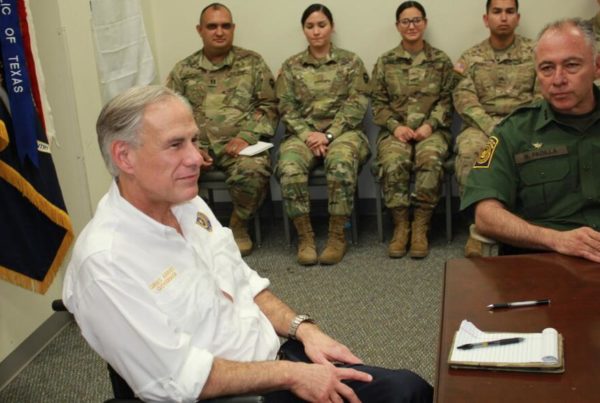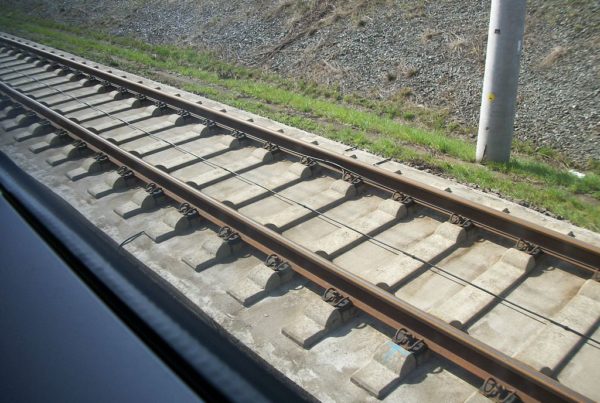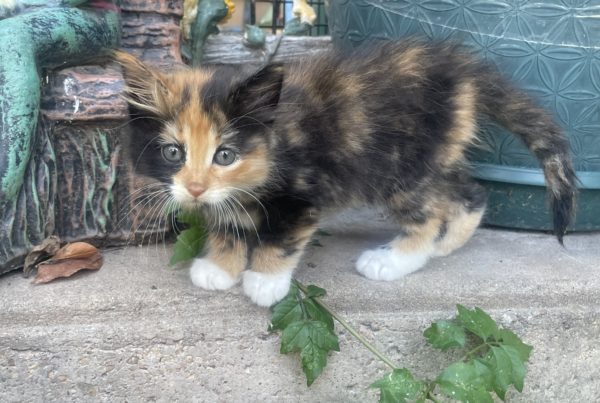Five college drone teams gathered recently in an empty football field to tackle tasks set by judges and a local defense contractor. For example, computer science students had to work with team-mates who were mechanical and electrical engineering majors to program the drone to autonomously fly, then land, on one specific spot of the field. Challenges demanded team-based problem-solving. So, cooperate or fail.
A bunch of kids got together to play with drones recently. Only they weren’t children playing with pricey toys. They were university teams competing against each other. These students built and programmed drones to complete specific tasks.
Individual challenges were tough enough, but dense clouds over the University of Texas at Arlington’s Maverick’s football field – affecting on-board cameras – coupled with high winds – challenging the propeller engines – impeded efficient drone flights.
Still, the University of Texas at El Paso’s drone managed to fly autonomously, meaning it was pre-programmed, flying without hand controls. It performed challenge Number One as designed, said team leader Carlos Quinones. The computer engineering senior said the team’s drone took off from the end zone on the way to the 30-yard line.
“It goes all the way up to 30 feet,” said Quinones, “and it starts moving forward all the way to yard 30. Once it reaches yard 30 it should start landing down. The one that takes the least amount of time, the one that’s able to stay more accurate with an elevation, that, of course, gets the most amount of points.”
Points are needed for a win , as UTEP is up against UT Arlington, UT Austin, UT Dallas and Southern Methodist University. One of the judges, engineer Chris Lackey, said companies like his, contest sponsor Raytheon Technologies, don’t measure success in points.
“You’ve got mechanical engineers, you’ve got software engineers, you’ve got electrical engineers,” said Lackey. “They’re working together. And that’s absolutely what you have to have in the workplace. You’ve got a lot of folks that are coming from different backgrounds and different ideas, but when they get together, that’s when the real magic starts to happen.”
That magic, or maybe just collective, creative thinking, helped UT Arlington’s team decide the drone’s landing feet would be square, spongy blue packing foam.
“We had to make sure that our landing gear was robust, our electronics housing was robust, so if we crashed, then nothing would bend or break or anything like that,” explained mechanical engineering senior Alejandro Araujo, UTA’s team leader.
“Our first test flight,” continued Araujo, “we actually crashed into a tree and our motor mounts bent and our electronics housing was destroyed, but our landing gear did save our electronics.”
With repairs, their drone lived to fly again and tackle a different task: find and land on a two-foot by two-foot target placed somewhere on the field,
That meant the drone needed a camera capable of ‘seeing’ the target, then safely landing on it.
The team’s first flight took it half a football field away from the target. So computer science engineering teammate Tyler Westbook, laptop in hand, typed in constant adjustments to compensate for low light and high winds.

“Let’s say, like our altitude, we would be too low. So we wouldn’t detect it,” said Westbrook. “So then we would go a little bit higher to get our field of view a little bit better and then it would give us a better chance of detecting it.”
After several attempts with the clock ticking on the allotted 20 minutes, the drone eventually landed just a few feet from the target. Westbrook liked the outcome.
“Being able to make adjustments on the fly like that,” Westbrook said, “especially in this high-pressure changing environment, really helps. I’m kind of disappointed we didn’t land right on it but hey, we did good.”
Good enough, hopes Westbrook, so this drone experience can help land him a job.
Teammate Beatriz Meadows already has a job lined up with electric company Oncor. The future transmission planning engineer wasn’t hired with this college drone experience, but now that she has it, she thinks it might chart a new path for her Oncor gig.
“Transmission lines run for 500 miles or more,” said Meadows. “We actually send drones and we can send autonomous drones later, to see how weather affects our lines, if our lines are in a good state, if it’s time to replace them.”
As for the drone contest, UTA’s team landed in third place, while UTD soared to first . SMU floated into second place.















